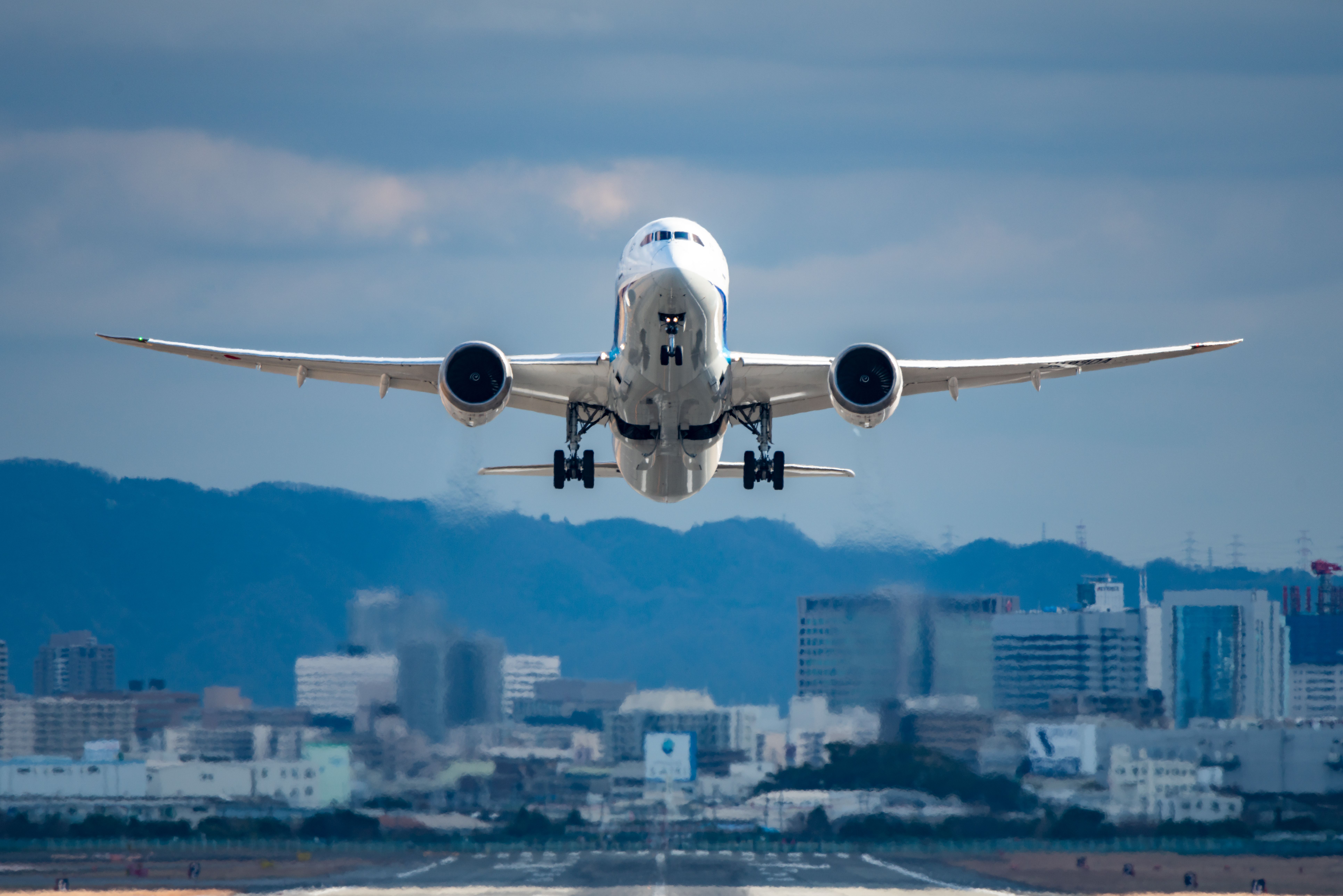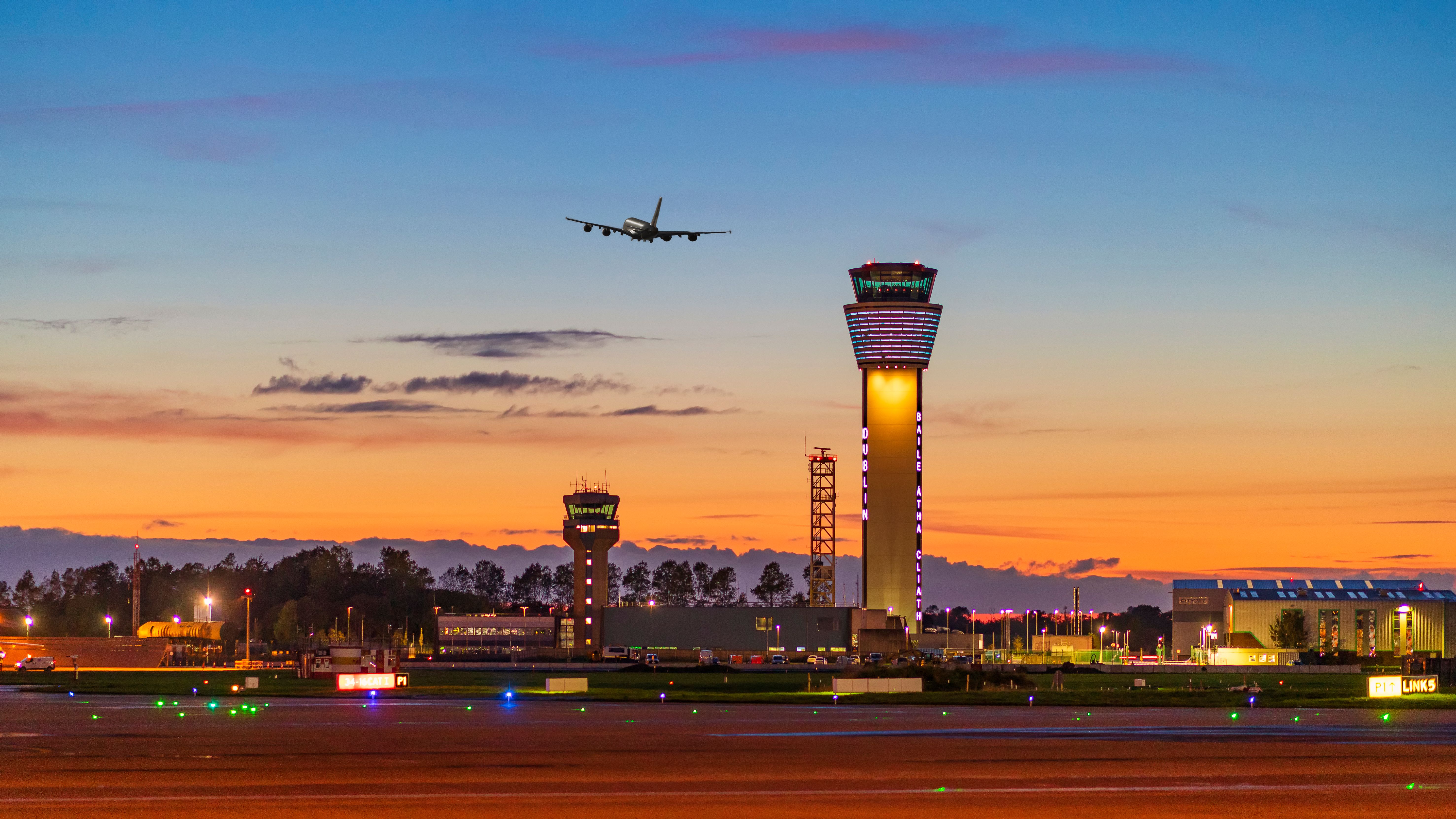You often hear pilots say the word "rotate" just as the aircraft takes off. As with all terms and phrases in air traffic control, it is a word with a specific and important meaning, even if it is not obvious at face value. So why do pilots use the word "rotate" at this point during take off?
Background
You can trace the word "rotate" in aviation back to early turbine airliner days when pilots physically rotated the plane into liftoff attitude. The term "rotation," however, is not found in older flight texts from the 1940s and 1950s when jets had a tailwheel. During those days, the word "liftoff" was used. In more recent books, rotation became the standard term, essentially replacing "liftoff."
The terminology used by pilots is consistent, and it is explicitly chosen so that it will not cause any possible confusion with any other term used in the industry. This is especially important in aviation because, in the past, confusion in the cockpit has led to deadly events such as the disaster at Tenerife Airport in 1977. The Federal Aviation Administration's (FAA) Aeronautical Information Manual (AIM) defines the appropriate terminology pilots use in the United States.
Therefore, when pilots say the word "rotate" on takeoff, it serves as a clear reminder for them to carry out the rotation. The pilot needs to make sure that they lift the nose of the airplane off the ground at the precise time required for the plane to take off.
When it is used
According to the FAA, rotation refers to,
"When the wings are lifting the weight of the airplane off the surface. In most airplanes, this is the result of the pilot rotating the nose up to increase the angle of attack (AOA)."
This occurs when the pilot applies back pressure to a control device, such as a center stick, side stick, or yoke, to lift the nose wheel off the runway during takeoff. To ensure a successful takeoff sequence, the pilot will "rotate" the aircraft to a specific pitch attitude once the jet reaches the predetermined speed. The rotation increases the wing's angle of attack, thus increasing lift and allowing the aircraft to begin ascending and gain altitude.
Another example of standardized communications
Pilots worldwide must learn the International Civil Aviation Organization's (ICAO) phonetic alphabet when they begin flight training. All 26 letters of the English alphabet have a corresponding word, such as "alpha" for "A" and "bravo" for "B." This phonetic alphabet dates back to the 1920s and has since been updated with a few minor changes.
A primary reason for the phonetic alphabet is to help with clarity of communication between pilots and the control tower, and the ground staff. Aviation is a global business; with some exceptions, English is used for all radio communication. Since pilots speak all different types of languages worldwide, having letters corresponding with full words aids mutual understanding when accents may make it difficult to comprehend a message.
Did you know about the origins of the word "rotate" on takeoff? Let us know in the comments below.



